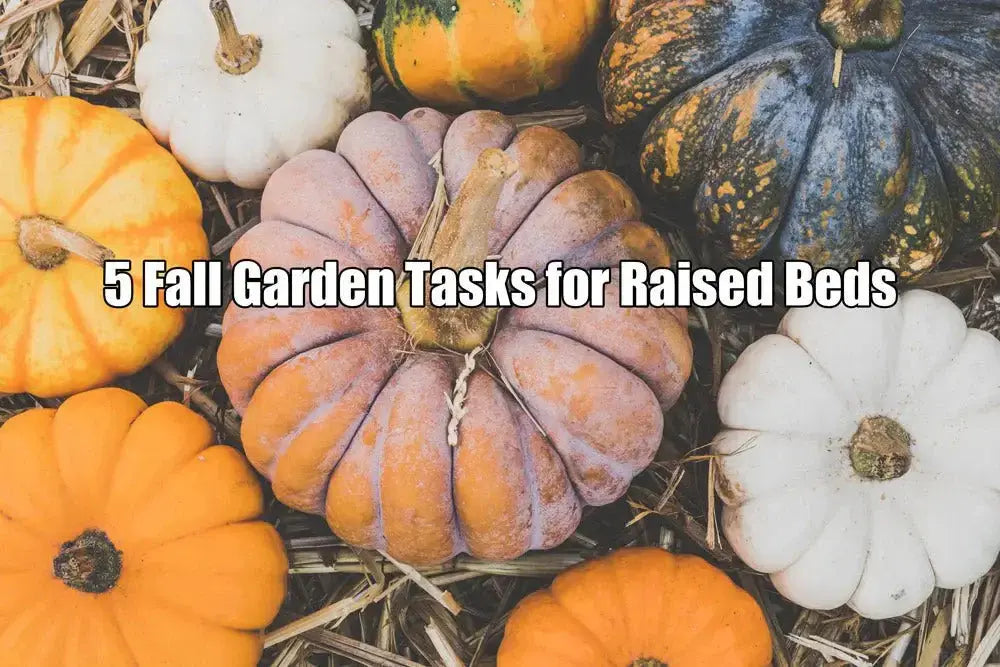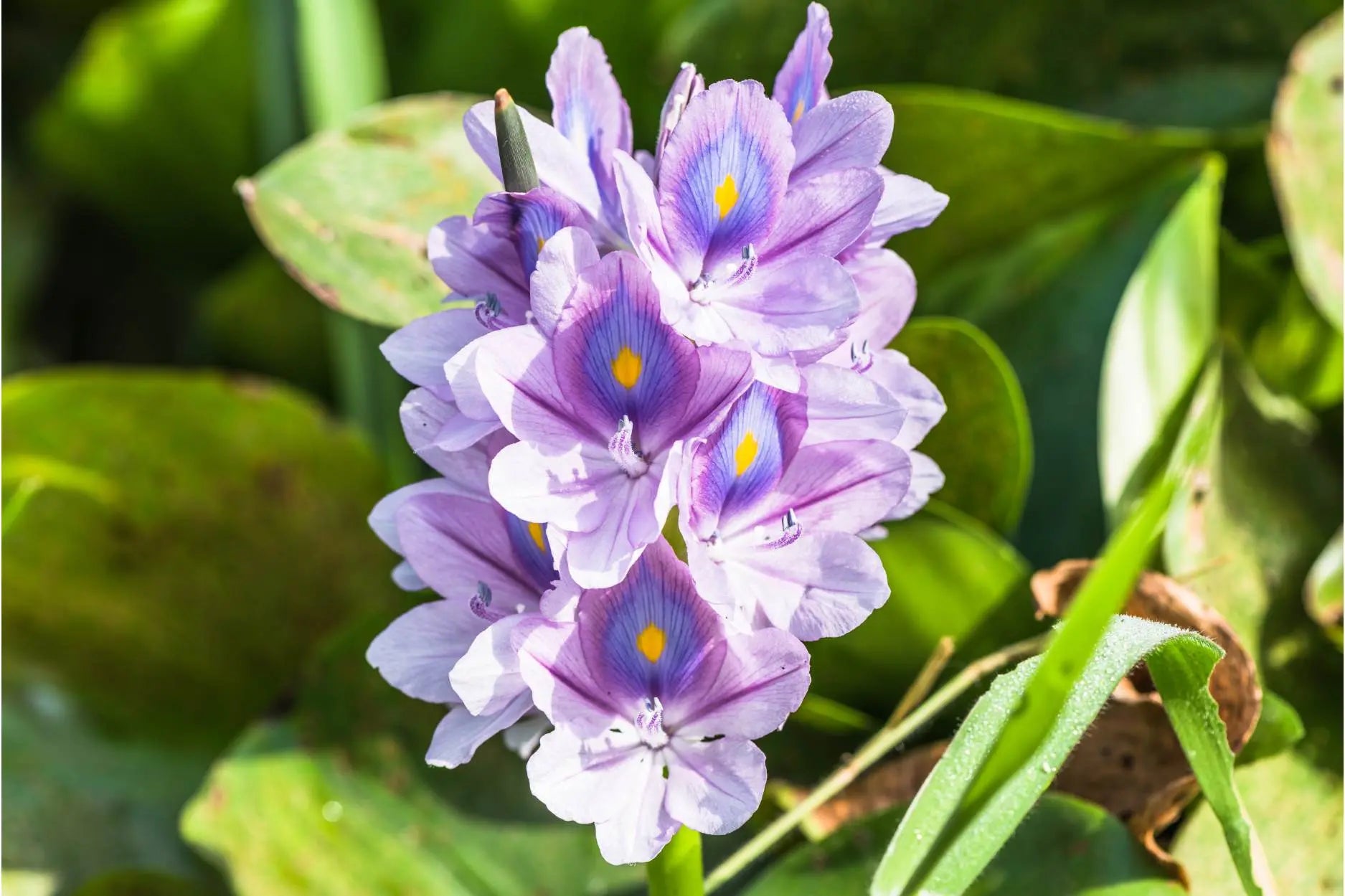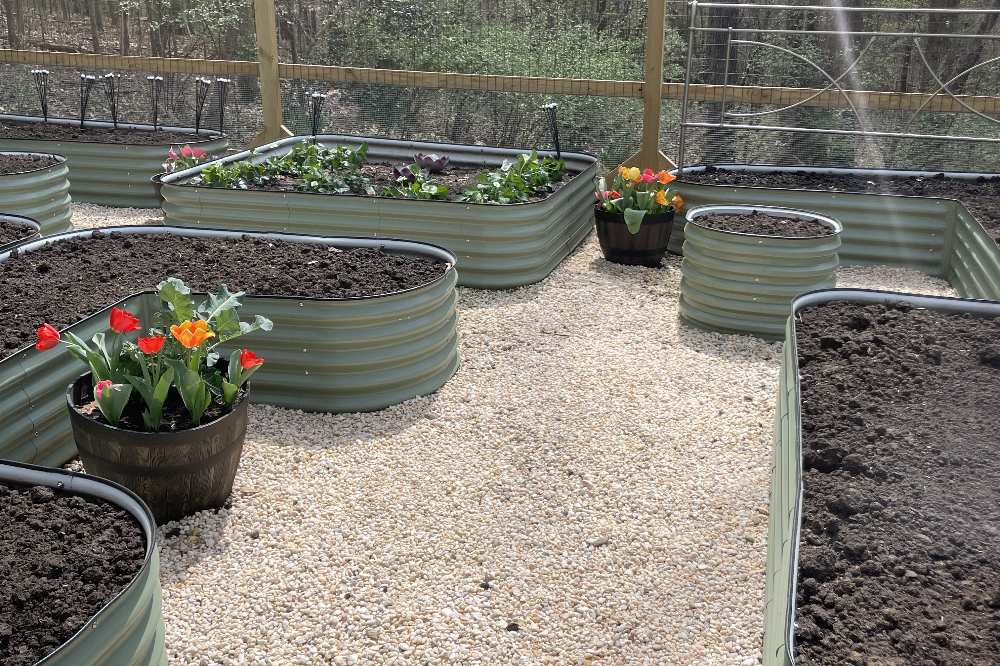Exploring Planting Techniques for Therapeutic Gardens
By Oscar Collins
Author bio: Oscar Collins is the editor-in-chief at Modded, where he writes about the outdoors.
Due to their positive impact on wellness, therapeutic gardens are popular at hospitals, prisons, hospice centers, retirement homes, substance abuse clinics and other healing centers. They get your body moving and help you reconnect with your roots in nature. You can take advantage of these attributes in your backyard or community with just a little research and effort. Use these tips to create a therapeutic raised bed of your own.

Determine Your Design Purpose
Before you move the first shovelful of dirt or visit the nursery, you need to determine the purpose of your therapeutic garden. Who will be using it? What are their needs? Your answers to these questions will guide your design and make the space more effective. People with dementia might like bright flowers and floral smells that trigger memories. However, someone with autism may be overstimulated by those choices.
Also, some garden designs are more active than others. A mixture of traditional and raised beds invites visitors to weed and help with planting new growth. They get people moving and help with physical therapy.
Select a Variety of Heights
Plants of varying heights create visual interest and draw your eye in different directions. A garden designed this way encourages visitors to stay longer and keep looking around.
When layering your garden, ensure you give each type of plant enough space and access to light. A simple way to achieve this is to plant smaller species in the front and work in taller ones near the back. You can also use a
Remember trees, shrubs and groundcover when designing your therapeutic garden. Trees and shrubs fill your vertical space and provide shade for plants who prefer those conditions. They also create natural boundaries between your sanctuary and the outside world. Groundcover gives your eyes visual rest from taller plants and softens the appearance of your landscape.
Create an Animal-Friendly Atmosphere
When you picture a garden, you immediately consider all the plants involved, but their only one aspect of life in a therapeutic outdoor setting. Attracting animals will boost the healing benefits of your retreat. Watching birds build nests in trees, butterflies flitting from flower to flower and bees busy about their work is cathartic. It encourages viewers to slow down and savor their time in the space.
Plant flowers pollinators love — like coneflowers and butterfly bushes — to bring more wildlife into your garden. Focus on the entire lifecycle of your little visitors by adding things their young need, like milkweed. Trees offer space for birds to build their nests and bees to make a hive.
Appeal to All the Senses
The ideal therapeutic garden engages all the senses. In addition to your greenery, select an assortment of blooms with bright colors, like zinnias or gerbera daisies. Think about smell as well, with plants like lavender and jasmine.
Plant textures will also affect how you interact with the garden. Irish moss, dusty miller, and lamb’s ear are soft and inviting to touch and view. Plants with thorns or thistles are a visual warning to stay away, so you should avoid these in a therapeutic garden.
Sound is another important consideration in establishing a healing atmosphere.
Some gardeners add windchimes for that reason. However, some people find them obnoxious after a while, so choose auditory alternatives if you have close neighbors. For example, trees and tall grasses make relaxing rustling sounds in the breeze. You can also install a water feature like a fish pond or bubbling fountain.
Grow Useful Plants
A therapeutic garden can be more than a visual experience. Weeding and moving about the garden beds is excellent for building physical strength and mobility. Helping plants grow and thrive is also highly cathartic and can improve mental illness or trauma symptoms.
Many therapeutic gardeners add functional spaces to their sanctuary. Garden beds with vegetables, fruits, and herbs are peaceful to tend and have a use inside as well. Use your produce to create fresh and nutritious meals.
Create Shady and Sunny Spaces
Your therapeutic garden can serve many functions — working as a place to sit and relax, get your blood pumping with a revitalizing stroll, or catch up with friends. Keeping these functions in mind, create areas of your garden with differing amounts of shade. Trees and shrubs will provide cool places to relax — even at midday — allowing you to enjoy your sanctuary for longer.
You can add other shade structures to amp up the cooling effects and establish a focal point for visual interest. Adding shade can bring the temperature down by 10° Fahrenheit or more.
Mimic Nature
Even when inserting artificial structures or features, you want to aim for an overall mimicry of nature. Bring in fallen logs or create a miniature babbling brook. Spread rocks of all sizes through the landscape.
Think of the elements you appreciate most in nature and recreate them in your therapeutic garden. When you’re driving or walking, what sights catch your eye? These elements are what will provide the most healing for your tastes
Start Small and Build as You Go
Part of the wonder of a therapeutic garden is it balances feeling like it belongs in the area while having an almost otherworldly appeal. The best way to achieve a project of this size and importance is to start small and build it up as time passes.
Begin with the natural elements already in the space and add more over time. You'll build your dream healing garden with these tips and some elbow grease.


